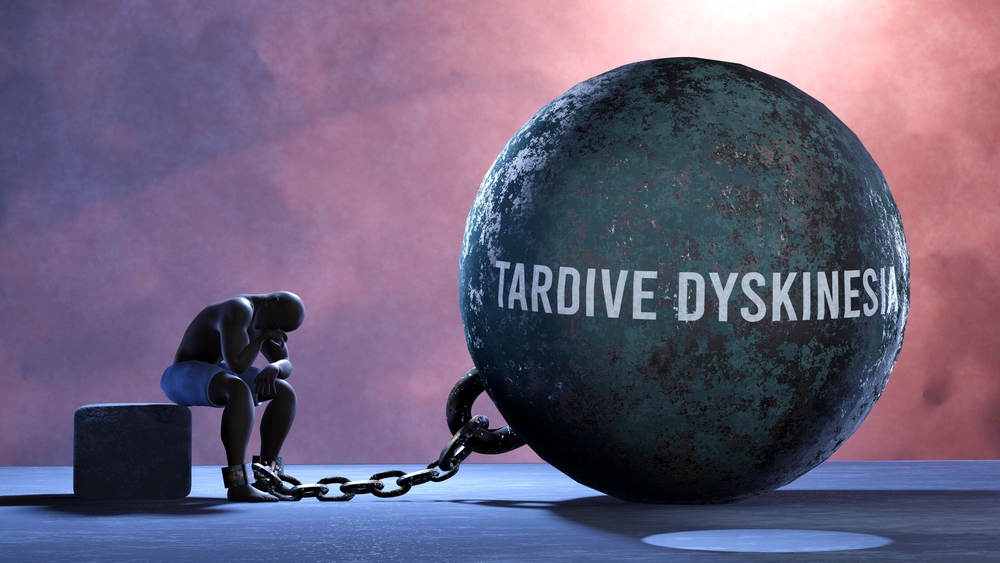Tardive dyskinesia is a medical condition that is often a side effect of long-term use of certain medications, particularly antipsychotic drugs. Its effects can be debilitating and disruptive to patients’ quality of life. This article will explore what tardive dyskinesia is, its symptoms, and current treatments available for managing this condition.
What is Tardive Dyskinesia?
Tardive dyskinesia is a neurological syndrome characterized by involuntary, repetitive body movements. This condition is most commonly associated with the prolonged use of certain types of psychiatric drugs called neuroleptics, used for various mental health disorders such as schizophrenia and bipolar disorder. However, other medications such as antiemetic drugs can also cause tardive dyskinesia.
The term “tardive” means delayed, while “dyskinesia” refers to abnormal movement. Therefore, the condition is named after its tendency to appear only after long-term or high-dose use of these drugs. The exact cause of tardive dyskinesia is unknown, but it is believed to be related to changes in the brain’s dopamine system triggered by these medications.
Symptoms of Tardive Dyskinesia
The symptoms of tardive dyskinesia are involuntary movements that primarily affect the muscular system. These abnormal movements can occur in any part of the body, but they are most commonly observed in the face and tongue.
Facial symptoms may include grimacing, blinking excessively, or making involuntary puckering, smacking, or chewing motions with the mouth. Tongue symptoms may involve involuntary protrusion, writhing, or twisting movements. Some patients may also experience symptoms in their limbs, such as uncontrollable movements of the arms or legs, or in the trunk, leading to swaying or rocking movements.
The severity of these symptoms can vary greatly from patient to patient. While some patients may experience only mild symptoms, others may have severe symptoms that significantly impact their ability to perform daily activities.
How to Treat Tardive Dyskinesia
Currently, there is no cure for tardive dyskinesia, but there are treatment options available to manage the symptoms and improve the quality of life for patients. The first step in treatment is often to stop or reduce the use of the medication that caused the condition. However, this must be done under the supervision of a healthcare professional, as abrupt discontinuation of these drugs can lead to severe withdrawal symptoms.
In some cases, switching to a different type of medication can help reduce symptoms. There are also two FDA-approved medications specifically designed to treat tardive dyskinesia: valbenazine and deutetrabenazine. These drugs work by reducing the amount of dopamine in the brain, which can help lessen the involuntary movements associated with the condition.
In addition to medication, physical therapy can also be beneficial in managing symptoms of tardive dyskinesia. Exercises that promote muscle strength, flexibility, and coordination can help improve motor function and reduce the severity of involuntary movements.
Tardive dyskinesia is a serious condition that can significantly impact a patient’s quality of life. While there is currently no cure, there are treatment options available to manage symptoms and improve the patient’s daily functioning. As with any medical condition, early detection and treatment are crucial for managing tardive dyskinesia effectively. Therefore, patients who are taking medications that may cause tardive dyskinesia should be closely monitored for any signs of this condition. If symptoms do appear, it is essential to seek medical advice promptly to discuss potential treatment options. With appropriate management, patients with tardive dyskinesia can lead fulfilling lives despite their condition.


